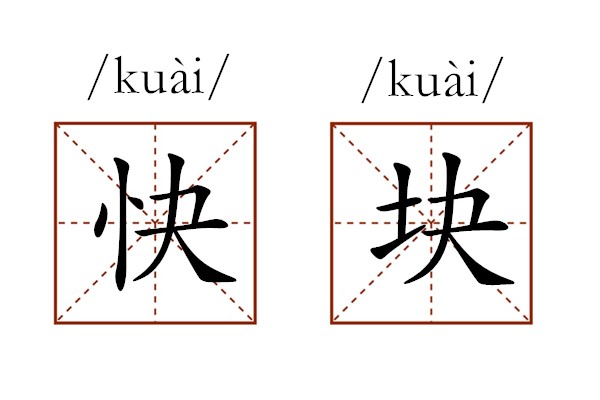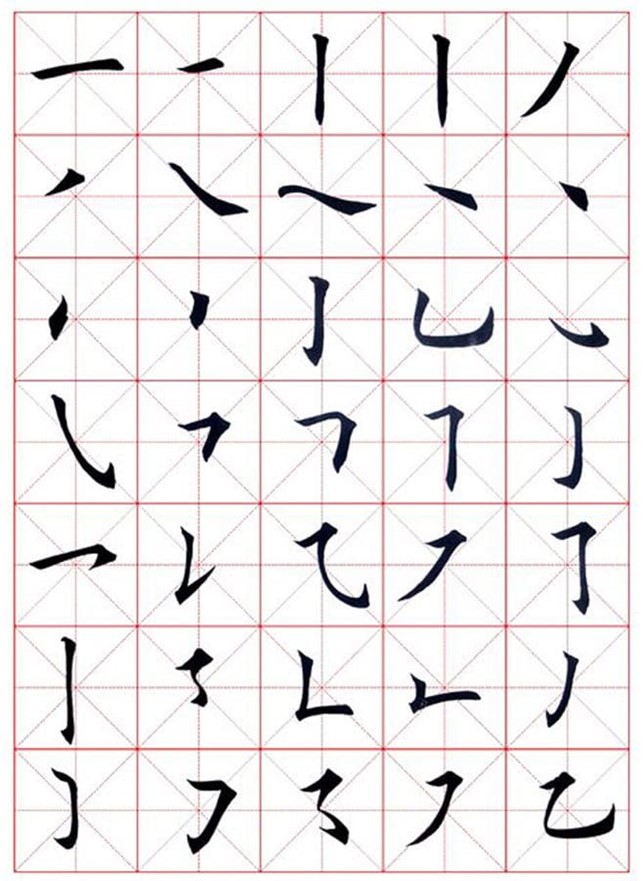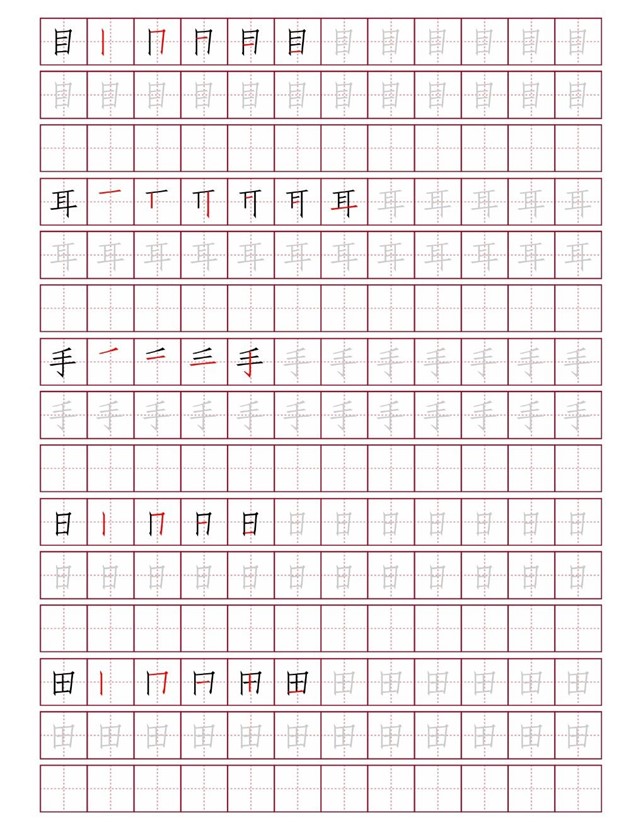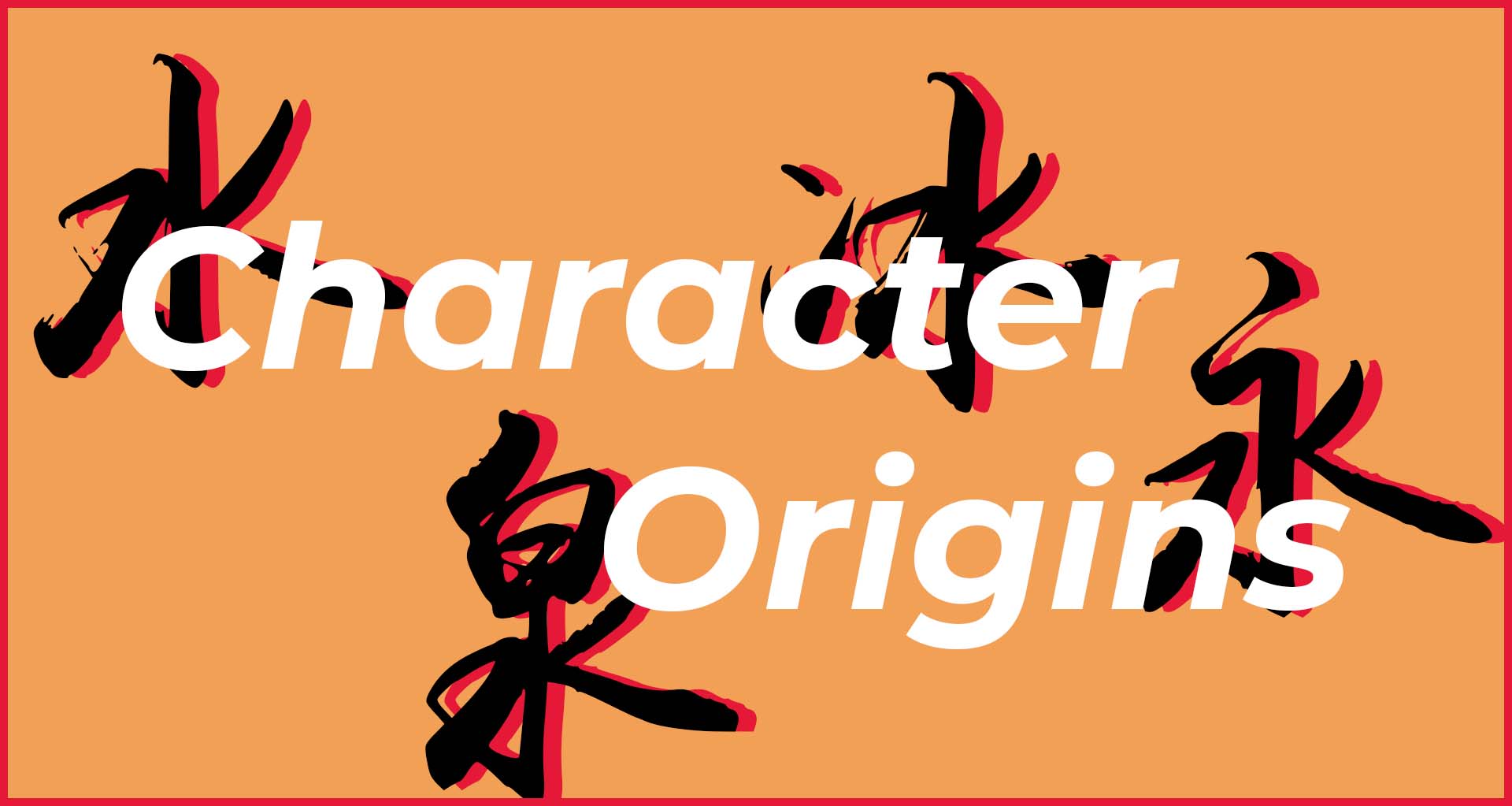Why You Should Learn to Write Chinese Characters by Hand and How to Start
“Should I learn to handwrite Chinese characters?” This is a question most Mandarin students ask themselves at the beginning of their learning journey because it is perhaps the biggest challenge that most Chinese learners face. It may seem like a simple question, yet the answer is not that straightforward. Learning how to write Chinese characters by hand takes a lot of time. A lot. And you can type in Chinese using your laptop or phone without knowing how to write characters by hand. Handwriting and typing characters are two different things and the latter is much easier. So, it is important to you ask yourself if you are willing to spend dozens (if not hundreds) of hours doing such monotonous work.
Why Are You Learning Chinese?
Before you decide whether to learn to handwrite characters or not, pause for a moment and ask yourself another question: “Why am I learning Chinese?” Depending on your learning goals, you might choose a different path.
If you study Chinese just to manage as a tourist on a trip to China, then handwriting characters isn’t the most efficient way to spend your time. You can enjoy your trip with basic Chinese and a phone with a translation app.
If you learn Chinese for business reasons, being able to handwrite Chinese characters will impress your business partners, but you might prefer to focus on developing your speaking and listening comprehension skills, instead of spending hours on learning stroke order.
If you are interested in Chinese culture and history and think that learning Chinese might be useful for you in future, then you could still reach a low-intermediate Chinese level and manage by typing characters using pinyin input.
As you can see, you don’t need to learn how to handwrite characters to be able to speak Chinese, understand it, work using it (to a certain extent) and even live in China! But there is always a “but”.
Why Learn To Write Characters By Hand
Before we talk more about the “but”, let’s see why anyone would decide to learn to handwrite Chinese characters? Why spend time and effort on something that you can manage without?
Well, there are a few good reasons to learn handwriting Chinese characters:
- First of all, knowing how to handwrite Chinese characters is just cool. It feels like magic when you write a few strokes on paper, that don’t normally make sense, but they suddenly come together and create a meaning, a word. And amazingly, you can understand it.
- Second, handwriting characters is a form of meditation. Once you learn how to stay focused, you will not only notice that your concentration skills improve, but you will also find yourself feeling calm and relaxed when writing characters. Seriously!
- Third, handwriting characters trains your muscle memory, making characters stay longer in your memory and improving your reading and speaking skills. And here lies aforementioned “but”. You can manage without handwriting characters and learn Chinese to a certain level, but without knowing how to write characters by hand, you are very unlikely to reach level above intermediate.
✓ 快 vs 块, never mess them up again
Many characters look the same and only have a different radical. For example, 快 and 块. They have the exact same pronunciation, kuài, but the meanings have nothing to do with each other. One means “fast”, and another one is “a piece”. You might originally memorise them as separate pictures, but would you still remember them in a month or two, or a year? When you handwrite a character, you learn the parts it consists of, you memorise it by those parts, and so you are more likely to remember the character much later and see the difference between similar characters.

✓ Use dictionaries faster
Another bonus of knowing how to handwrite characters is that you can easily use electronic dictionaries to look up characters you’ve never seen before. Just write it on your phone and a dictionary like pleco will recognize it and give you the meaning.
How to start handwriting characters
So you’ve decided to learn to write characters by hand, what’s next? The most important thing is getting basics right from the very start. Here is a brief guide on how you can do it.
– Understand the structure of a character
A character consists of one or more components, called radicals. Spend some time figuring out how characters are structured because understanding that will help you in future. Simply put, a radical on the left side of a character is (often, but not always) connected to the meaning, whereas, a radical on the right is connected to the pronunciation of the whole character (again, often, but not always).
– Get familiar with strokes
Characters are similar to legos; they can be broken down into pieces. They consist of radicals, while radicals consist of strokes. There are eight traditional fundamental strokes, but only five of them are considered modern modular strokes, called “’札字法” (zházìfǎ).
Take some time and practice writing each of the strokes separately. Keep in mind that it does make a difference if you draw a line top to bottom or bottom to top. I recommend drawing each stroke about 30 times. It might sound strange, but it will help you in future – you’ll see a character, recognize the strokes, and your hand will just write them correctly.
– Learn the radicals
Now that you know how to write strokes, learn the radicals. There are 214 radicals in the original Kangxi radical list, but a few of them are no longer used in simplified Chinese. It is highly recommended to learn them all, but realistically, you should memorize the most common ones and then, once you advance in your studies, learn the others.

– Get the stroke order right
Now that you can deconstruct a character into separate pieces, learn how to write it correctly. The proper stroke order for writing characters has been developed for over thousands of years, and Chinese people are very attentive to it. And to be honest, when you write a character with the correct stroke order, it just flows naturally, as if there is no other right way to write it.
There are some general rules, such as writing from top to bottom and left to right. However, the exact stroke order of each character should be learned and memorized individually, especially when you just start learning handwriting characters. Later, you don’t need to memorize each new character’s stroke order. In most cases, you will already know the order based on previously learned characters. Just remember, it is ok not to be sure about the stroke order, you can always check in a dictionary.
There is another more detailed article on how to write Chinese characters and get the stroke order correct. It will give you a better overview of character composition and provide some insights on stroke order. You can check it out here:
How to Write Chinese Characters (Quick Start Guide + Free Mini Course)
Tips to practice writing Chinese characters
What’s next? Well, here comes the hard part. There isn’t really a workaround to learn to handwrite characters without spending time on it. In the very beginning, handwriting characters is exciting. You start something completely new, and it’s exciting. After writing 50 lines of characters, none of which look pretty or similar to ones in the book, you get bored and tired. my advice? Be persistent, and don’t give up. The more you practice, the easier it becomes, and the faster you memorize characters.
– Use worksheets
Find or print out some Chinese writing worksheets. If you are totally new to handwriting characters, I recommend getting worksheets with character stroke order and gridlines. You can even create a worksheet of your own, with characters that you want to practise. There are many websites that have worksheets, archchinese being one of them where you can customize your own practise sheets.

– Deconstructing a character
When feeling bored of writing characters in worksheets, try another exercise. Select a character from your textbook, and don’t check pronunciation or meaning. Try to analyze it. What radicals does the character consist of? Can you guess its meaning? Can you guess its pronunciation? Think of its stroke order. Write it. And finally, look up the character in a dictionary.
The online dictionary MDBG not only provides the meaning of a character but also shows the number of strokes in it, its radical, the radical’s pronunciation and the stroke order. But there are plenty of other dictionaries, choose whichever one suits you best.
– Checking the origins of a character
Another way to learn characters is to look up their origins. Understanding why the character for water looks like this 水 will help you memorize it. Of course, you can’t do it for every single character, but again, in the beginning, it can help you a great deal. And by looking into the etymology of a character, you will better understand Chinese culture. Check out another article here to dive deeper into the etymology of characters.
Handwriting characters is difficult. And if you are like many others, you may want to give up at some point. Because it requires a lot of time, a lot of concentration and a lot of patience. And it’s ok if you quit. But if you choose to continue, remember, it gets easier the more you practise.I remember when I just started handwriting characters, I needed to write a character at least 20-30 times before I could remember both how to read and write it. Later I could memorize a character after writing it 5-7 times. But you need to practise continuously. Now, after years of only typing in Chinese, I find that writing a character 5 times is not enough. Handwriting doesn’t feel natural anymore, and sometimes I struggle to write even simple characters. So don’t repeat my mistakes, be consistent in your practice. 加油!





How long can i studying Chinese language?
This is a very good article for beginners. This helped me a lot. Thank you!